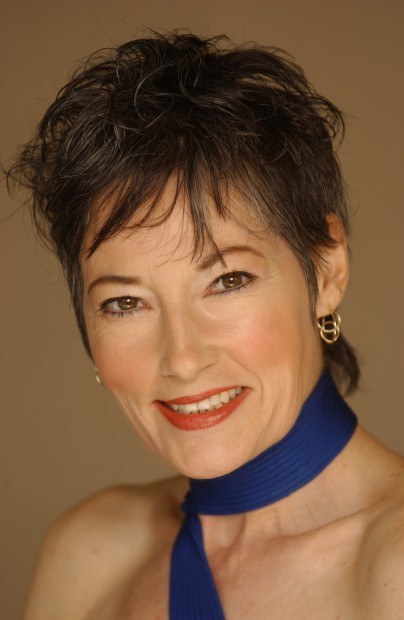We many times feel that we have “slowed down” as we age, and maybe sometimes we even experience “twinges in the hinges.” There are about 10 primary markers of aging, and exercise can positively modify most of them. All adults
We many times feel that we have “slowed down” as we age, and maybe sometimes we even experience “twinges in the hinges.” There are about 10 primary markers of aging, and exercise can positively modify most of them. All adults are affected by the normal physiological changes associated with aging and the effects of chronic diseases, orthopedic problems, nutritional status and any medications that they might be taking.
Muscle mass usually declines with aging. This is called sarcopenia, and even Shakespeare acknowledged this tendency when he talked of people becoming “long of tooth and lean of shank.” The statistics show a 3 to 5 percent loss of muscle mass per decade due to hormone changes and a decrease in metabolic rate. Many studies on strength training and weight training for seniors have shown that this trend can be stopped and reversed.
Strength is lost in older people because of the loss of muscle mass, and the total decrease of muscle cells, and size. It is estimated that between the ages of 20 to 70 years there is a 30 percent decrease in total muscle cells. This loss results in less contracting force in the muscles and again scientific studies have shown this issue can be addressed and corrected in both older men and women by using strength training principles and following a progressive training regime. Strength training is essential to prevent falls.
The basal metabolic rate (BMR) is the rate that energy is produced by your body when it is completely at rest. Because muscle burns more energy than fat, as we age and the muscle mass decreases, our BMR also decreases. Usually as we age our appetite falls off too, but this is not always the case. In order to stay lean later in life we need to think about sustaining our muscle mass with exercise and keeping our caloric intake low.
As we age it is harder for us to recognize thirst, and dehydration. We also many times feel too cool or too hot when others are comfortable. The ability to maintain proper hydration and internal temperature is greatly influenced by regular consistent exercise.
Body-fat percentage usually increases as we age, for much the same reason. Muscle can’t turn into fat. Muscle is made of protein and fat is lipid, but what can happen unless we exercise to keep our muscles intact, is that our muscles can become infiltrated with fat just like sedentary animals. This is why animal farmers don’t want athletic beef or chickens, they want them to be tender and fatty rather than lean and tough. The answer again is to exercise and keep your food portions low so you don’t gain fat.
Bone mass is something that normally decreases in both men and women as we age. We hear about it more in women simply because most women start out with smaller more delicate bones than most men. We all lose bone mass as we age. Post-menopausal women experience a rapid reduction in bone mass because of the change in their hormones at this stage of life. A high calcium diet, resistance training (strength and weight) and weight bearing aerobic exercise such as walking help maintain and even increase bone density.
Our ability to extract oxygen from the air and pump oxygenated blood through our body is reduced as we age. This is termed “reduced aerobic capacity.” We can keep our aerobic capacity optimal by engaging in aerobic activity such as swimming, dancing, walking, playing tennis, rowing, biking, and even through consistent strength training.
Blood sugar issues many times are a result of aging as the body tissues sensitivity to insulin decrease. Using a strategic combination of daily exercise and good balanced nutrition produces level blood sugar absorption rates.
Blood pressure is a measurement of the pressure exerted on the walls of the arteries when the blood is pushed with the pulse of the heart over the residual pressure in the arteries when the heart is resting between beats. Because our arteries lose elasticity and can become partially clogged with cholesterol and also because our blood vessel walls can become thickened with age, blood pressure can rise. Regular exercise helps keep blood pressure at normal healthy levels.
Optimal cholesterol levels should be below 200. As we age the total cholesterol many times increases. The ratio between the low density lipoproteins (LDL) and the high density lipoproteins (HDL) cholesterol is also important. Both the LDL and the HDL are modifiable by exercise.
LDL is the bad ones and it can be lowered by increasing your aerobic exercise. The HDL is the good cholesterol and it can be increased by working on your strength training (anaerobic exercise).
We can age gracefully by taking care along the way. Studies have also shown it is NEVER too late to start.
• Jane Riley, B.A., C.P.T., C.N.A., can be reached at janeriley_cpt@yahoo.ca, 808-212-1451 or www.janerileyfitness.com.


